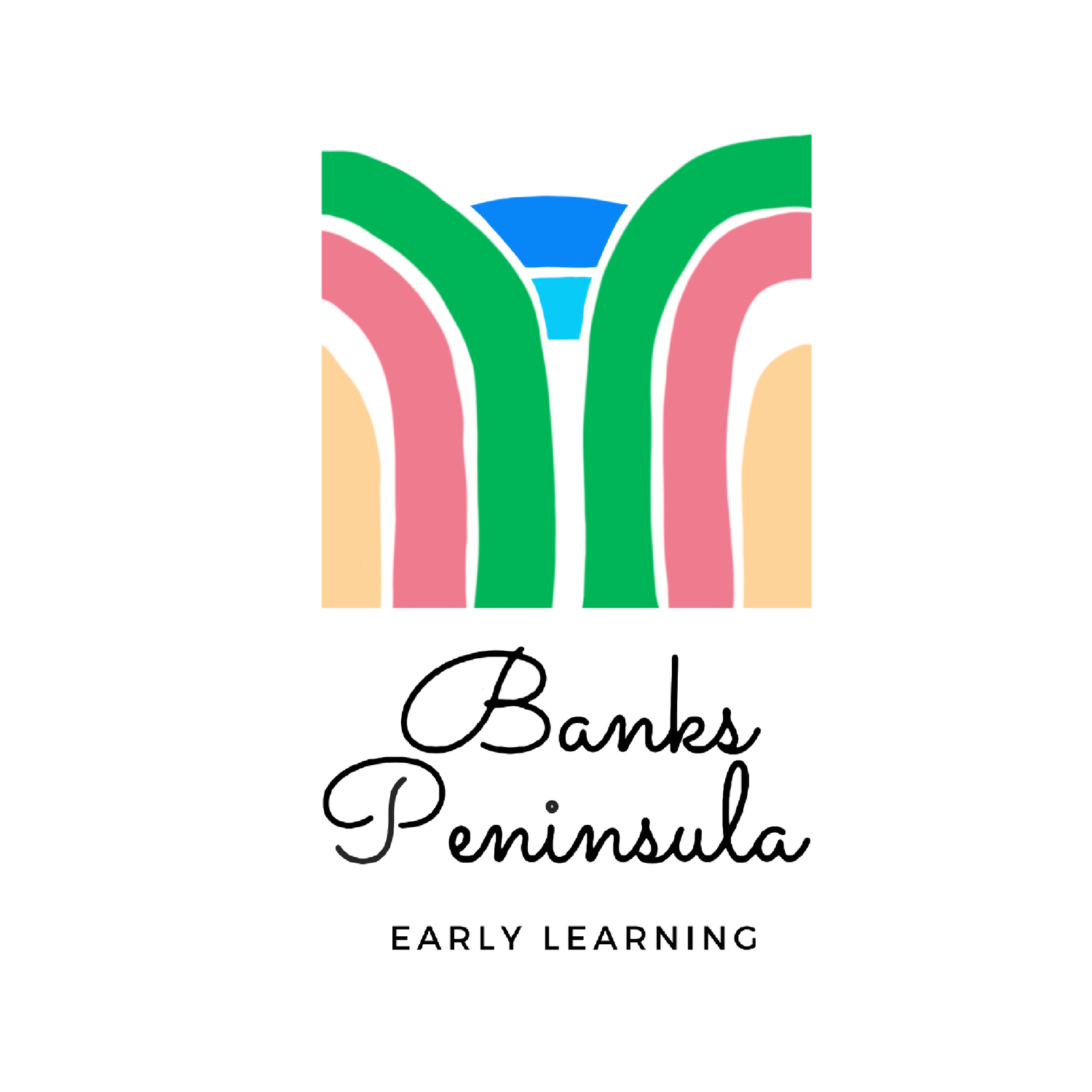The Piwakawaka Room
Ages 0 – 2
Provide a brief introduction to your program.

Individual Planning
Allow babies uninterrupted time for play. This principle focuses on the parent and caregiver’s responsibility to provide a nurturing environment with the freedom to explore. Pikler viewed babies as quite capable of entertaining themselves without the need for help and support. The early beginning of self-esteem and confidence are built as babies experience independence.
During caregiving activities such as feeding, washing, nappy changing and dressing, the caregiver and child have the opportunity to spend special time together. Dr Pikler taught her students to use this time to show tender care and to give the child their full attention. Creating a calm and unhurried atmosphere allows the child to relax and feel at peace with the world and themselves.
Relationship Based
Planning for individual infants and toddlers in groups involves paying close attention and finding ways to tune in to individual children to learn from them what they need, think, and feel. This tuning in to each child within a group is the core of high-quality care. Connecting with families helps teachers build trust and understanding as well as learn about the family’s culture and home language. Conscious preparing of the environment, engaging in responsive care routines, and providing opportunities for exploration based on young children’s interests, curiosity, and motivation are all important pieces of high-quality infant and toddler group care (Lally & Mangione, 2006).
Hands-on activities
There are predictable stages of infancy in which children focus on a developmental task. Teachers can learn and anticipate these stages and use them to support growth and learning. The main stages are as follows:
Young infants: During the first 6 to 8 months of life, most young infants focus on developing a sense of security—the feeling that they are safe and secure in the world.
Mobile infants: As they grow toward 7 months of age, infants begin to turn their attention to exploration through movement, touching, and looking at things around them. Although mobile infants need and seek safety, they do so as their bodies explore.
Older infants: Starting close to 16 months of age, infants change their focus to make the separation between themselves and others and to distinguish between what is good and not so good. While they still need to feel secure and are motivated to explore, older infants become almost preoccupied with defining themselves as independent beings, often by being contrary, saying “me do it” or “no.”
Freedom of Movement
Children should be allowed to move completely freely and adults should not intervene in or try to teach the physical development of infants and toddlers but trust children to reach each stage of motor development by themselves. Free movement enables children to learn balance, problem-solving, concentration, a sense of self and bodily awareness, and judgment, and is thought to lead to greater physical security and confidence, grace, sensory awareness and skill development.
Babies are never put into a position which they cannot get into by themselves. This principle emphasizes the freedom of movement which Pikler explains, “Whilst learning to turn on the belly, to roll, crawl, sit, stand and walk, (the baby) is not only learning those movements but also how to learn. He learns to do something on his own, to be interested, to try out, to experiment.” When her daughter was born, Pikler did not interfere with her motor development in any way. She did not do tummy time, use a walker, or prop her daughter up. Pikler found that her daughter achieved the progression of positions on her own without ‘help’. While car seats are viewed as safety equipment, use of strollers, high-chairs, swings, support seats and babywearing are discouraged.













